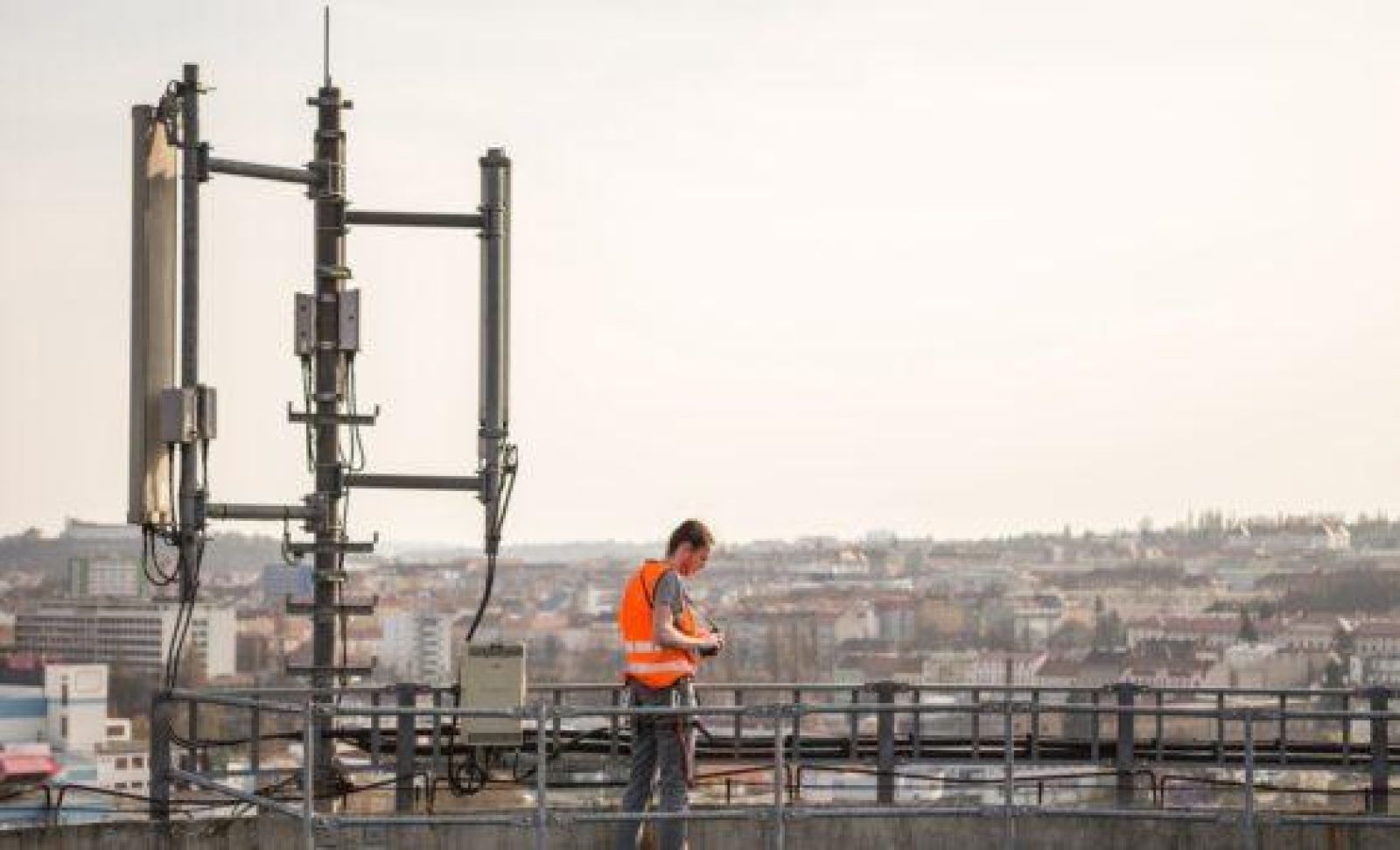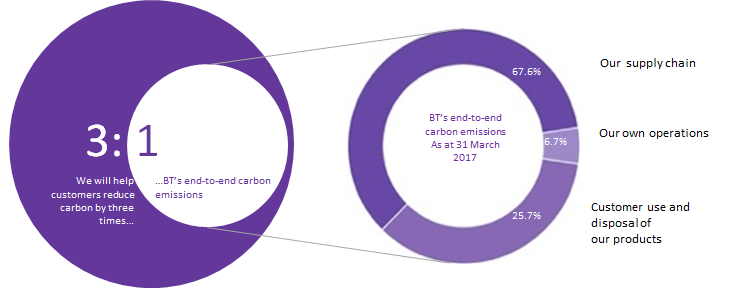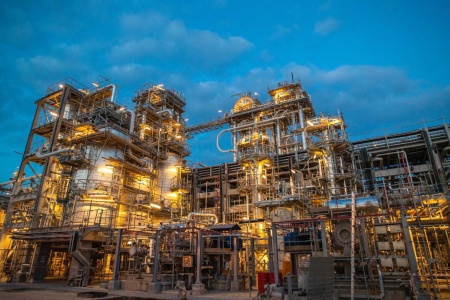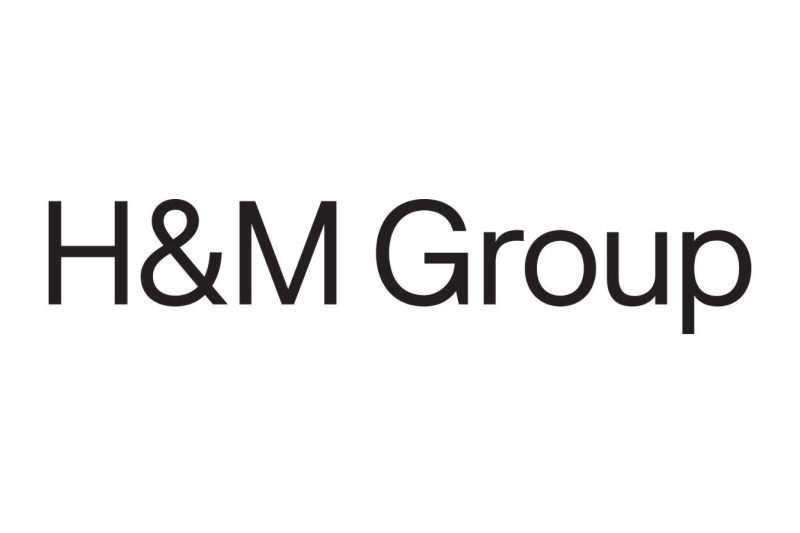
BT’s science-based target includes ambitious supply chain goals
13th Sep 2017
BT has set a new target to reduce its carbon emissions by 87% by 2030, which has been approved by the Science Based Targets initiative as being in line with the emissions reductions specified in the Paris Agreement goals. As part of its target, BT aims to reduce emissions in its supply chain by 29% by 2030.
BT’s Gabrielle Ginér and Dexter Galvin from CDP explain how CDP data will help meet this ambitious target to keep global temperature rise below 1.5°C.
Gabrielle Ginér, Head of Sustainable Business Policy at BT Group
My job at BT is to make sure we always push further when it comes to tackling climate change. We have a global commitment to be a low-carbon business, using our size and scale to help the companies that supply us to commit to do the same.
Keeping temperature rise within 1.5°C is the most ambitious aim of the Paris Agreement on climate change and it is an ambition which we have got behind.
The spirit of that commitment has led us to be one of the first companies globally to commit to a bold new carbon target – to reduce carbon emissions by 87% by 2030 – which if realised will be in line with limiting global temperature rise to 1.5°C.
Like many other global businesses, a large proportion of our GHG emissions footprint comes from our supply chain emissions – over 67% in fact – and so within the overall target we have committed to reducing our supply chain emissions by 29% by 2030.

Caption: BT’s goal is to help its customers reduce carbon emissions by three times its own end-to-end carbon impact. The diagram shows the breakdown of BT’s direct and indirect emissions.
Significant greenhouse gas emissions reductions for a company like ours is not without complexity. Understanding where carbon emissions are in our supply chain and how to achieve reductions was the first step.
Being a longstanding member of CDP’s supply chain program has given us access to annual carbon and climate strategy data from our suppliers. This means getting repeatable and easily accessible information which allows us to monitor our suppliers’ performance and helps us to improve the accuracy of how we calculate our supply chain emissions.
Using this data, we have been working with Mike Berners-Lee to develop an Environmentally Extended Input Output (EEIO) methodology to estimate the carbon emissions associated with our supply chain. The EEIO model allows us to understand the carbon hotspots in our supply chain.
How will we meet our new supply chain target? Close cooperation with our suppliers will be key. We will be working together to help them switch to renewable energy, and encouraging more of them to report to CDP. This is a critical first step towards action for suppliers, and the data they disclose will enable us to track emissions reductions and uptake of renewable energy in our supply chain.
We look to companies to act together to build momentum behind climate action.
Dexter Galvin, Head of CDP’s Supply Chain Program
For most companies, meaningful emissions reductions can only be achieved by taking action on supply chain emissions, and companies need access to comprehensive supplier data in order to understand their supply chain fully.
We know that when companies turn their attention to their supply chain, the impacts can be huge. With supply chains responsible for up to four times the amount of a company’s direct emissions, it isn’t surprising that last year big buyers working with CDP drove emissions reductions equivalent to France’s annual carbon footprint from their suppliers.
BT’s new target aims even higher than the 2°C warming threshold that governments have committed to through the Paris Agreement, and aims for the more ambitious, yet vital, limit of 1.5°C. BT is also taking full advantage of the impact it can make to the emissions it is responsible for in its supply chain through its supply chain carbon reduction target.
BT’s membership of CDP’s supply chain program since its first year in 2008 gives it access to a comprehensive primary data set of its key suppliers’ carbon emissions and climate strategies. This, along with the advice and support CDP provides to BT’s suppliers to improve their performance year-on-year, has helped BT create an ambitious target and will help it to achieve that target through continued engagement with suppliers.
This year CDP’s supply chain program has a membership of 100 purchasing organizations leveraging over $3 trillion in spending power to request 10,000 suppliers to disclose information on climate, water and deforestation risk. Other CDP supply chain members such as Walmart and Dell are also using CDP to meet their scope 3 targets, and we look forward to supporting their ambitions to keep global emissions in check.
BT’s target
BT commits to reduce GHG emissions* by 87% in tonnes of CO2e per unit of gross value added by 2030 from a 2016/2017 base-year. This is in line with current international policy and climate science, being BT’s share of the global emissions reductions needed to limit global warming to 1.5°C. The company also commits to reduce supply chain GHG emissions** by 29% over the same time-period.
*Here GHG emissions refer to Scope 1 and 2 emissions, as defined in the Greenhouse Gas Protocol, expressed as tonnes carbon dioxide equivalent (t CO2e) per unit of gross value added (GVA).
**Supply chain emissions refer to all upstream Scope 3 emissions (categories 1-8), as defined in the Greenhouse Gas Protocol Scope 3 Standard.
Latest News
View News


